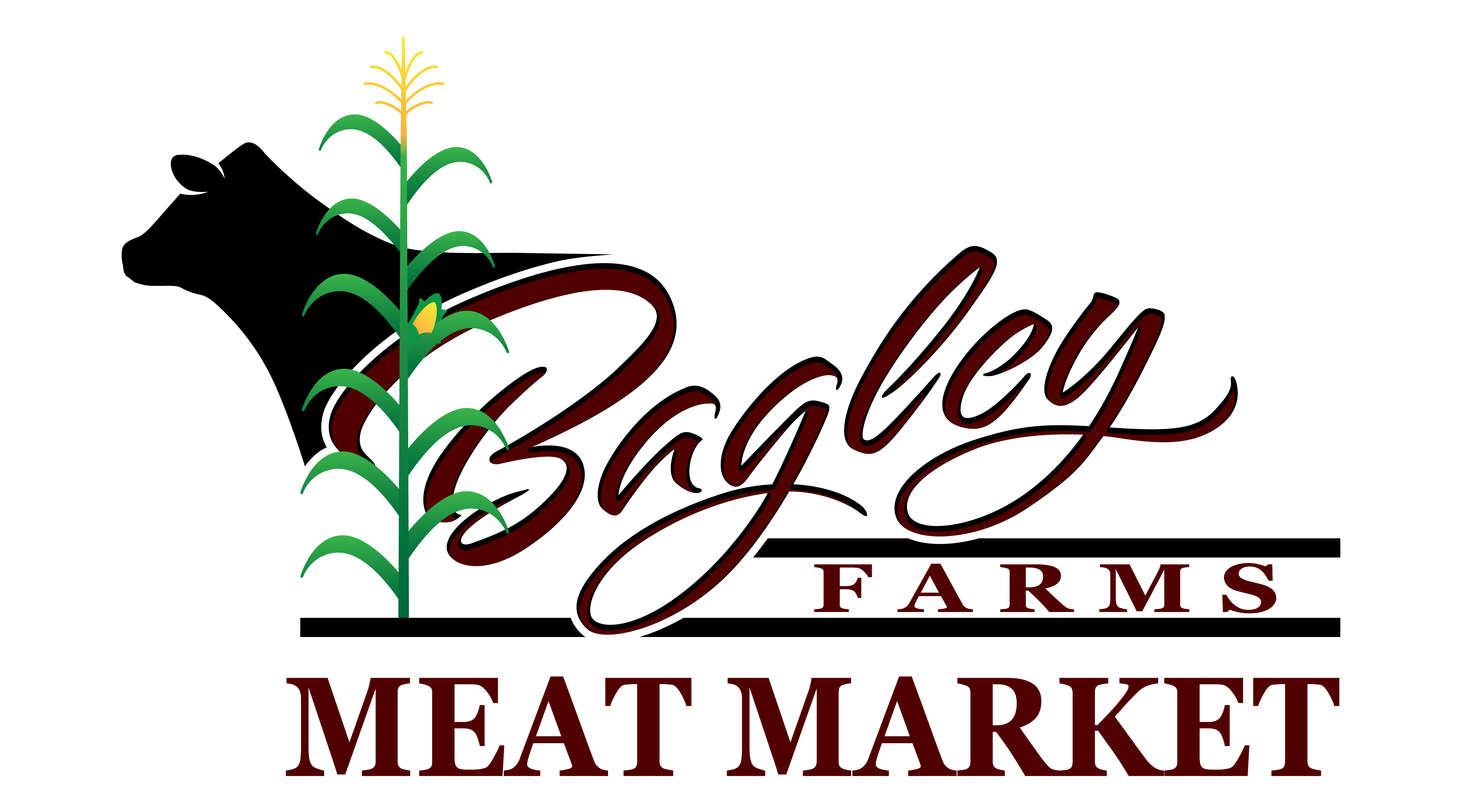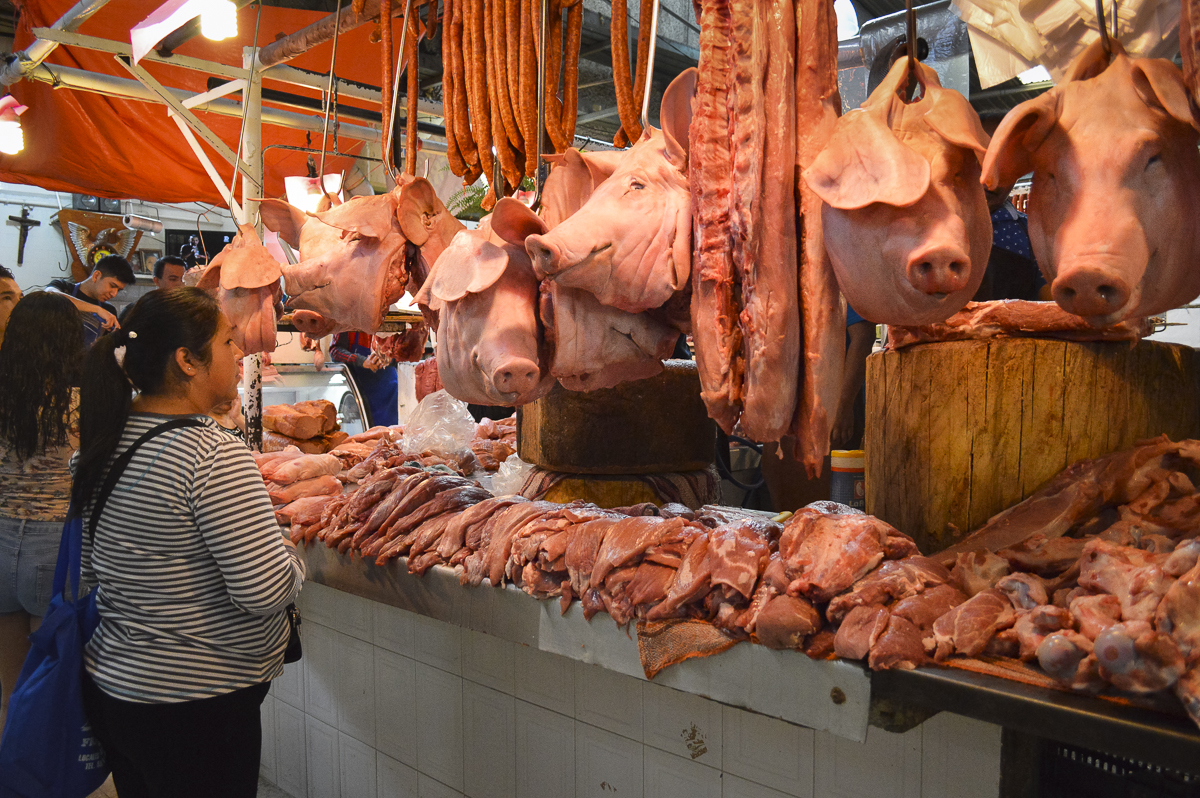Bagley Farms Meat Market Edwardsville IL: Your Go-To Destination for Neighborhood Meat Choice
Bagley Farms Meat Market Edwardsville IL: Your Go-To Destination for Neighborhood Meat Choice
Blog Article
Discover the Art of the Butcher's Cut in a Modern Meat Market
In the ever-evolving landscape of modern-day meat markets, the butcher's cut has transcended its conventional origins, combining old-time craftsmanship with contemporary methods. bagley farms meat market edwardsville il. Today's butchers are not simply processors of meat; they are well-informed craftsmens who emphasize sustainability and honest sourcing. Their proficiency in selecting and preparing cuts tailored to specific culinary requirements uses an unmatched dining experience. Yet, what genuinely sets the modern-day butcher apart is their capability to forge a much deeper connection in between customers and the beginnings of their meat. Just how do these masters equilibrium practice with technology, and what effects does this have for the future of meat intake?
Advancement of Butchery Techniques

The mid-20th century saw butchery techniques further refined by clinical understandings right into muscle biology and meat aging, enhancing both inflammation and preference. Technologies like vacuum cleaner product packaging and refrigeration prolonged product shelf-life, permitting butchers to expand offerings and improve top quality control. This period also marked the increase of specific tools, such as band saws and meat slicers, which raised accuracy and performance in meat processing.
Computerized systems now aid in tracking animal provenance and optimizing cuts to satisfy details client choices. Furthermore, a revival in artisanal butchery has actually arised, mixing conventional skills with modern expertise to provide to consumers seeking moral and sustainable meat choices.

Comprehending Meat Cuts

Recognizing the ins and outs of meat cuts is important for both butchers and consumers seeking quality and worth. Each cut comes from a various part of the pet, giving unique tastes, appearances, and food preparation approaches. Proficiency of these differences not just boosts cooking experiences yet additionally makes best use of the energy of each carcass. For butchers, exact cuts reflect ability and regard for the craft, making certain very little waste and optimum return.
The primary groups of meat cuts include primitive, sub-primal, and retail cuts. Primitive cuts, such as the loin, rib, and chuck, are the big sections at first separated from the carcass. Butchers then damage these down even more right into sub-primal cuts, before ultimately generating retail cuts offered to consumers, like ribeye or tenderloin. Each stage calls for cautious attention to physiological structure and muscle make-up.
Comprehending muscular tissue structure is crucial; muscles made use of more often by the pet often tend to be harder and are best suited for slow food preparation techniques, while less-used muscles, like those try here discovered in the loin, are extra tender and perfect for cooking or roasting. Experience with these differences encourages consumers to make educated options, improving their cooking ventures.
Selecting High Quality Meat
Selecting the right meat includes greater than just selecting an aesthetically attractive piece from the display. The art of selecting high quality meat needs a critical eye and understanding of particular attributes that signify quality and excellence. First of all, focus on the color; beef ought to have an intense, cherry-red hue, while lamb should exhibit a soft pink tone, and pork a light pink. This suggests the meat is fresh and hasn't been revealed to oxygen for as well long.
Secondly, take into consideration the marbling, which refers to the white streaks of fat within the muscle mass. Proper marbling is an essential sign of tenderness and taste, as it melts during cooking, boosting the meat's juiciness. Keep in mind, greater marbling often correlates with superior top quality cuts, such as USDA Prime.
Structure is this content one more important variable; meat must really feel firm to the touch, not slimy or overly soft. In addition, bear in mind the aroma. Fresh meat should have a clean, neutral smell, devoid of any kind of sour or off-putting odors.
Combining Cuts With Cooking Approaches
Efficiently pairing cuts of meat with the ideal food preparation approaches is essential for achieving optimal taste and texture. Various cuts differ in inflammation, marbling, and connective cells web content, each calling for certain techniques to open their possibility. As an example, tender cuts like filet mignon and ribeye, with their integral marbling, take advantage of high-heat, quick-cooking techniques such as cooking or pan-searing. These methods enhance the meat's all-natural flavors and ensure a juicy surface.
Alternatively, tougher cuts like brisket and chuck roast are rich in collagen, which damages down into jelly when cooked slowly. These cuts are optimal for braising or slow roasting, permitting the meat to soften with time and create deep, intricate tastes. Similarly, cuts such as brief ribs and pork shoulder make out well with slow-cooking techniques, where extended cooking times change their durable appearances right into delicious meals.
Lamb shanks and oxtail, which need extended cooking to tenderize, are best prospects for cooking or slow-moving simmering. These methods coax out abundant, passionate flavors while preserving dampness. By understanding the unique features of each cut, chefs and home cooks alike can boost their culinary productions, guaranteeing each recipe is both pleasing and memorable.
The Butcher's Role Today
Browsing the evolving landscape of the modern-day meat market, the butcher's function today extends past mere prep work of cuts. Contemporary butchers are culinary craftsmens, educators, and advocates for lasting methods.
Along with crafting precise cuts, butchers currently involve directly with clients, using cooking recommendations and tailoring selections to match individual requirements and preferences. Their expertise in meat aging, marbling, and flavor profiles empowers consumers to make educated choices, boosting their culinary experiences. This personalized solution exhibits the butcher's developing role as a trusted expert in the cooking area.
Additionally, butchers are essential in reducing waste, making use of whole animals Full Article to produce diverse items such as sausages and supplies - bagley farms meat market edwardsville il. This extensive technique not just appreciates the pet yet additionally aligns with modern sustainability goals. This way, the modern-day butcher symbolizes both custom and innovation, adjusting to an ever-changing market while protecting the virtuosity and stability of their craft

Conclusion
Proficiency in understanding diverse meat cuts and top quality indicators equips butchers to supply educated referrals, lining up certain cuts with optimal food preparation approaches. By recognizing historical methods while embracing modern demands, the butcher's duty stays vital in today's advanced meat market.
Report this page